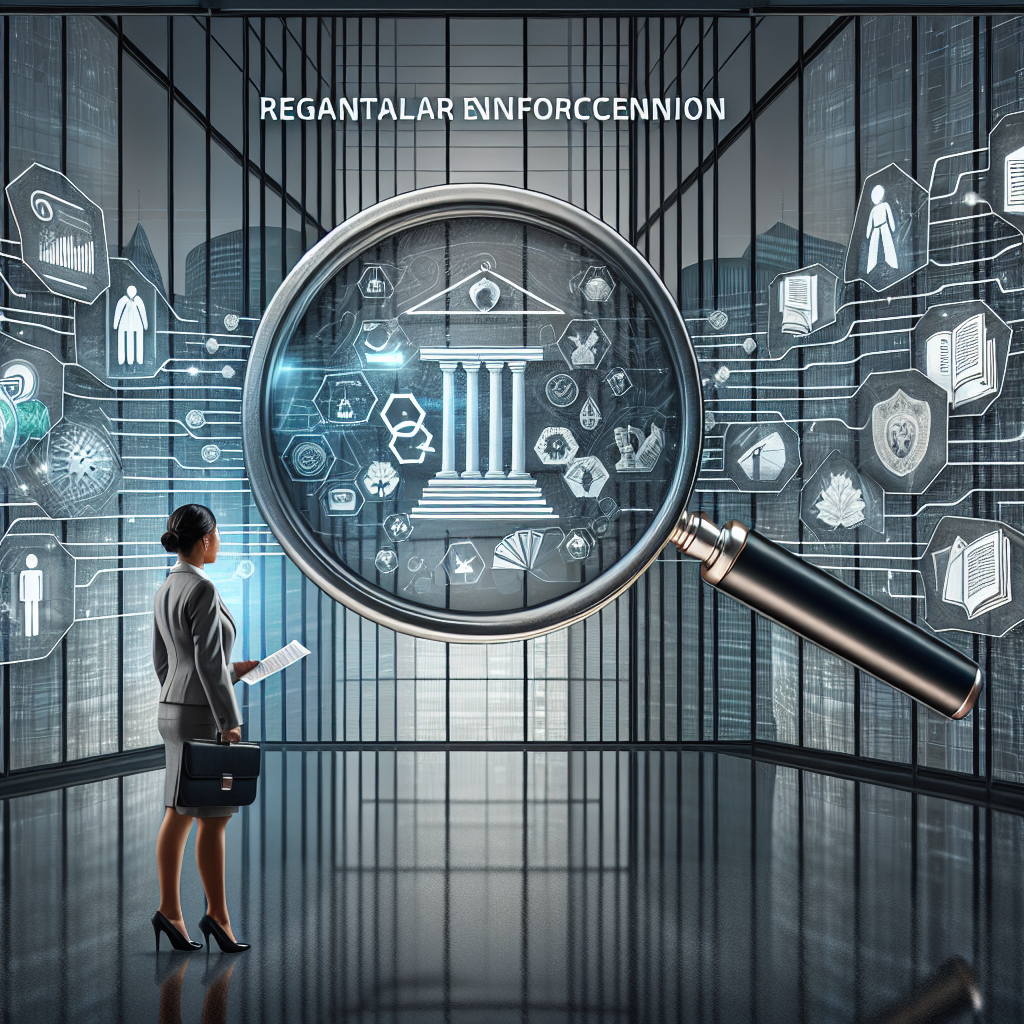Intro
In today’s complicated service landscape, understanding regulatory enforcement is vital for compliance and functional stability. Regulative bodies enforce legislations and policies to protect public rate of interests, and failing to comply can lead to serious fines. This post explores the essential aspects of governing enforcement, its relevance, and what services require to understand to browse this intricate surface successfully.
What is Regulatory Enforcement?
Regulatory enforcement refers to the actions taken by government agencies to guarantee conformity with laws and guidelines. These agencies develop standards that services need to comply with, covering areas such as wellness, safety and security, and environmental management.
Value of Regulative Conformity
Complying with laws alleviates legal risks and fosters count on with customers and stakeholders. Non-compliance can lead to serious repercussions, including punitive damages, legal action, and reputational damages.
Secret Regulatory Agencies
Familiarity with the appropriate governing bodies is vital for services. Some vital firms include:
- U.S. Epa (EPA): Looks after environmental guidelines.
- Stocks and Exchange Payment (SEC): Controls financial safety and securities.
- Occupational Safety and Health Management (OSHA): Makes certain workplace safety.
Common Regulatory Demands
Services frequently face numerous regulatory demands, including:
- Reporting and record-keeping
- Routine audits and assessments
- Training and qualification for workers
Framework for Governing Compliance
1 Understand Suitable Laws
Companies ought to recognize the particular guidelines that relate to their industry. This can consist of federal, state, and local regulations.
2 Create Compliance Policies
Developing detailed conformity policies is important. These ought to describe treatments for adherence and include mechanisms for surveillance and enforcement.
3 Regular Training
Ongoing training programs guarantee that employees recognize compliance demands and are equipped to follow them.
4 Conduct Internal Audits
Normal interior audits help identify conformity gaps and locations for improvement.
Associated Searches
- Governing conformity best methods
- Effect of non-compliance on businesses
- Federal regulations for small companies
FREQUENTLY ASKED QUESTION
What are the penalties for non-compliance?
Fines can include fines, assents, and also criminal fees, relying on the intensity of the offense.
Exactly how can services remain updated on governing changes?
Registering for market newsletters, attending workshops, and engaging with compliance professionals can assist businesses remain informed.
Interview with a Conformity Specialist
Q: What is the biggest obstacle organizations encounter regarding regulative enforcement?
A: The ever-changing governing landscape is a considerable difficulty. Companies should be dexterous and positive in adapting their compliance techniques to these adjustments.
Q: Just how can small businesses properly handle conformity?
A: Local business frequently lack sources, so prioritizing crucial laws and leveraging technology for compliance monitoring can be extremely effective.
Final thought
Comprehending governing enforcement is not just about preventing charges; it’s about cultivating a society of compliance that profits the whole organization. By carrying out effective compliance strategies, companies can run with confidence and maintain their integrity in a regulated setting.
Citations


